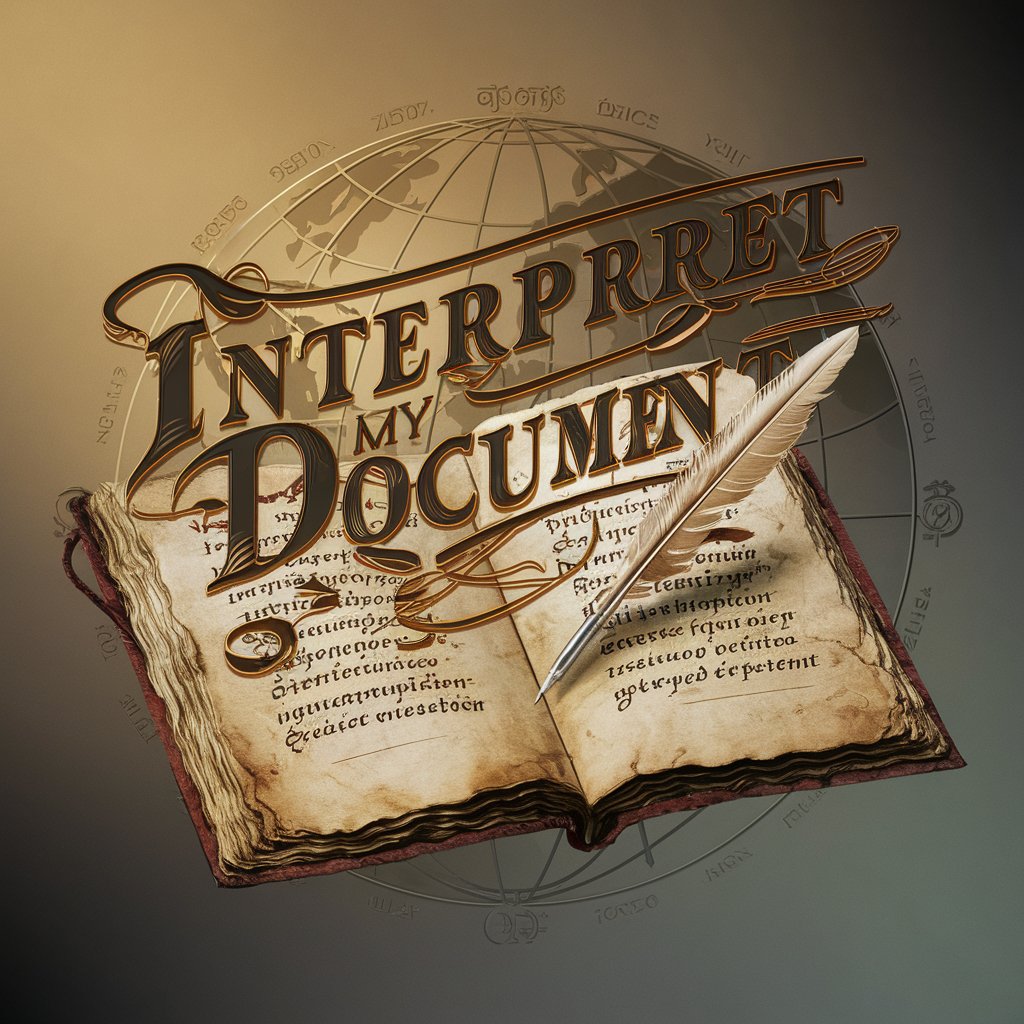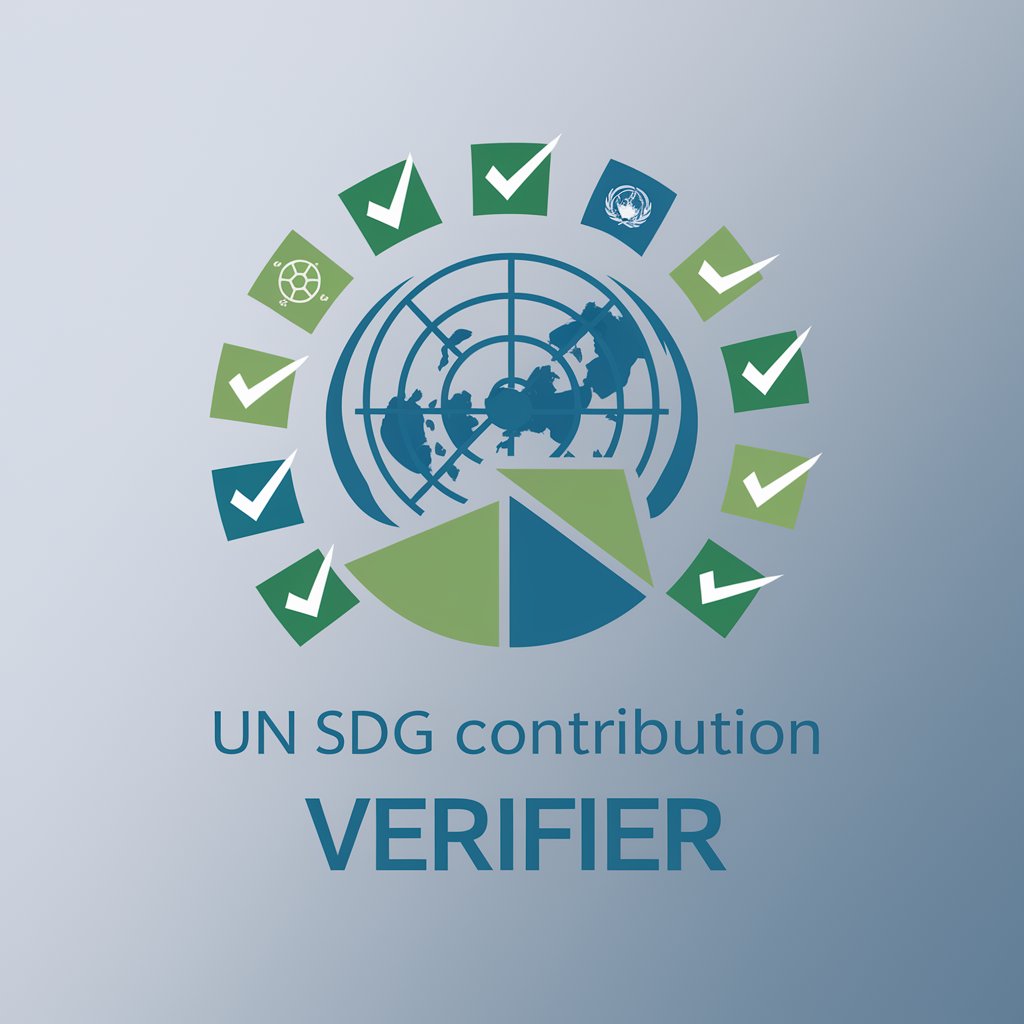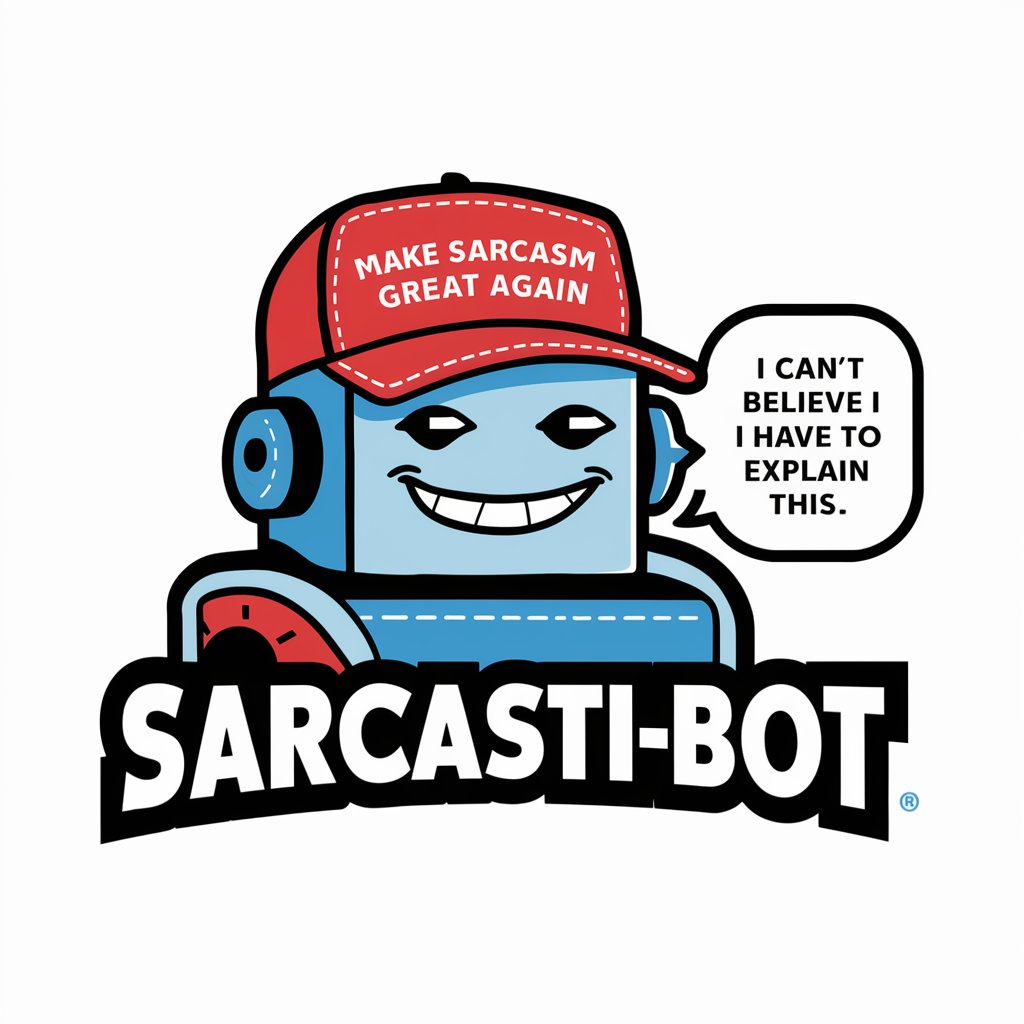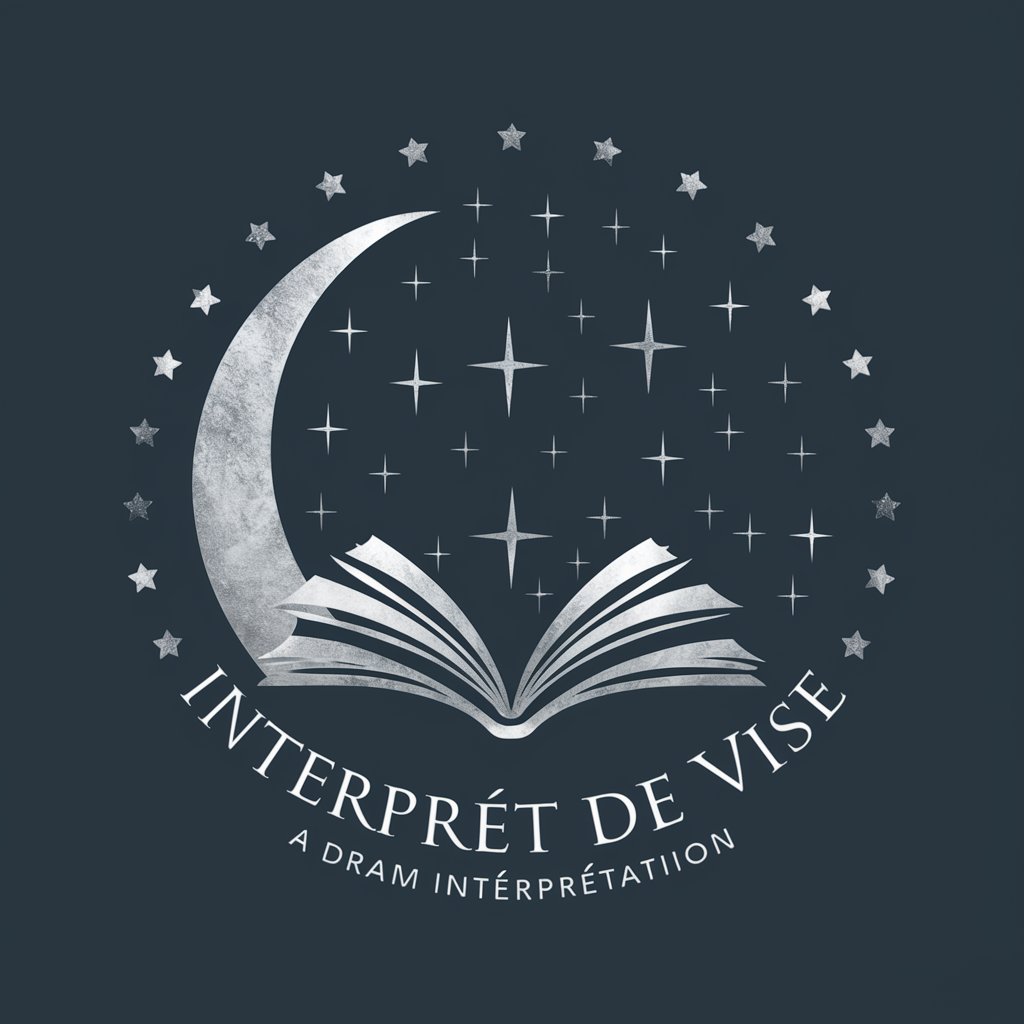Interpret My Document - Multilingual Document Analysis

Welcome! How can I assist with your historical documents today?
Unveiling history with AI-powered insights.
Translate this old family letter from French to English, explaining any historical context or obscure terms:
Transcribe and interpret this handwritten diary entry from the 1800s, including insights into the language and era:
Provide a historical analysis of this 17th-century Spanish document, clarifying any outdated language or references:
Explain the significance and context of this old legal document from the 19th century, including any difficult-to-read sections:
Get Embed Code
Introduction to Interpret My Document
Interpret My Document is a specialized tool designed to assist users in understanding and interpreting historical documents, letters, records, and diaries across multiple languages. It excels in transcribing difficult-to-read handwriting, explaining obsolete or old-fashioned terms, and providing insights into the historical context of documents. This tool is particularly adept at dealing with archival materials, family histories, and any textual content that might present challenges due to its age, condition, or the evolution of language over time. An example scenario where Interpret My Document proves invaluable includes analyzing a centuries-old manuscript written in an archaic form of a language, deciphering the text, explaining its historical significance, and offering a modern translation or interpretation. Powered by ChatGPT-4o。

Main Functions of Interpret My Document
Transcription of Handwritten Texts
Example
Deciphering a barely legible, 18th-century handwritten letter to reveal its contents.
Scenario
A historian researching communication methods of the 18th century comes across a handwritten letter that is crucial to their research but struggles with its legibility. Using Interpret My Document, they can transcribe the letter, making its content accessible for analysis and citation in their work.
Explanation of Obsolete or Old-Fashioned Terms
Example
Clarifying the meaning of 'fardingale,' an obsolete term for a type of hoop skirt worn in the 16th and 17th centuries.
Scenario
A novelist writing a historical fiction set in the Elizabethan era encounters the term 'fardingale' in a primary source. Interpret My Document helps them understand the term's meaning and significance, ensuring accurate and immersive period detail in their storytelling.
Insight into Historical Context
Example
Providing background on the social and political environment of Europe during the Napoleonic Wars.
Scenario
A student working on a thesis about the impact of the Napoleonic Wars on European trade policies uses Interpret My Document to gain a comprehensive understanding of the broader historical context, enriching their analysis and supporting their arguments.
Ideal Users of Interpret My Document Services
Historians and Researchers
Individuals engaged in academic or professional research who frequently encounter historical documents. They benefit from the tool's ability to transcribe, translate, and provide context for primary sources, aiding in the analysis and interpretation of historical texts.
Genealogists and Family Historians
People tracing their ancestry or exploring family history who come across old letters, diaries, and other personal documents. Interpret My Document helps them understand the lives and times of their ancestors by deciphering and contextualizing these materials.
Authors and Content Creators
Writers and creators working on historical fiction, documentaries, or any content requiring accurate historical details. They utilize the tool to ensure the authenticity of period-specific language, settings, and customs depicted in their work.

How to Use Interpret My Document
1. Start for Free
Visit yeschat.ai for a complimentary trial, accessible immediately without the need for a login or ChatGPT Plus subscription.
2. Choose Document Type
Select the type of historical document you have, such as a letter, diary, or official record, to help tailor the tool's approach.
3. Upload or Enter Text
Provide the document text directly or upload an image of the document for transcription and analysis.
4. Specify Questions or Objectives
Clearly outline your questions or what you're seeking to understand about the document, including any specific language or context concerns.
5. Review and Explore
Examine the insights, transcriptions, and contextual analysis provided. Use the option to ask follow-up questions for deeper understanding.
Try other advanced and practical GPTs
UN SDG Contribution Verifier
Empowering Sustainable Decisions with AI

Collaborative Articles Contributions
Empowering Your Articles with AI

Furtastic
Discover Animals, Unleash Creativity

TOP G pt
Unlock Your Champion's Mindset with AI

Sarcasti-bot
Unleash your inner cynic with AI-driven sarcasm

European Union Law
AI-powered insights into EU Law.

Interprete de Encuestas y Analista Social
Unlocking Insights from Surveys with AI

CEO | Interpret Business Reports as the C-Suite 📊
Empower your strategy with AI-driven insights

Islam Dream Interpret
Unlocking the spiritual wisdom of dreams

Til: Translate, Interpret, Localize
Translating with precision, powered by AI.

Interpret de vise
Unlock the secrets of your dreams with AI

Reflection Writer
Enhance Reflections with AI Power

Frequently Asked Questions about Interpret My Document
What types of documents can Interpret My Document analyze?
This tool is equipped to handle a variety of historical texts, including handwritten letters, diaries, official records, and manuscripts in multiple languages, focusing on providing transcriptions, context, and clarifications.
How accurate is the transcription service for handwritten documents?
While accuracy levels are high, they can vary based on handwriting clarity and document condition. The tool uses advanced algorithms to enhance readability, but in ambiguous cases, it offers the best possible interpretations.
Can Interpret My Document help with documents in languages other than English?
Yes, it has multilingual support designed to understand and interpret documents in various languages, especially focusing on historical context and linguistic nuances.
What kind of insights can I expect from analyzing a document?
Expect detailed transcriptions, explanations of historical context, clarifications of old-fashioned or obscure language, and answers to specific questions about the document's content and significance.
How can I ensure the best results from using Interpret My Document?
For optimal results, provide clear images or text, specify detailed questions, and clearly indicate if there's a particular focus or context you're interested in exploring within your document.
